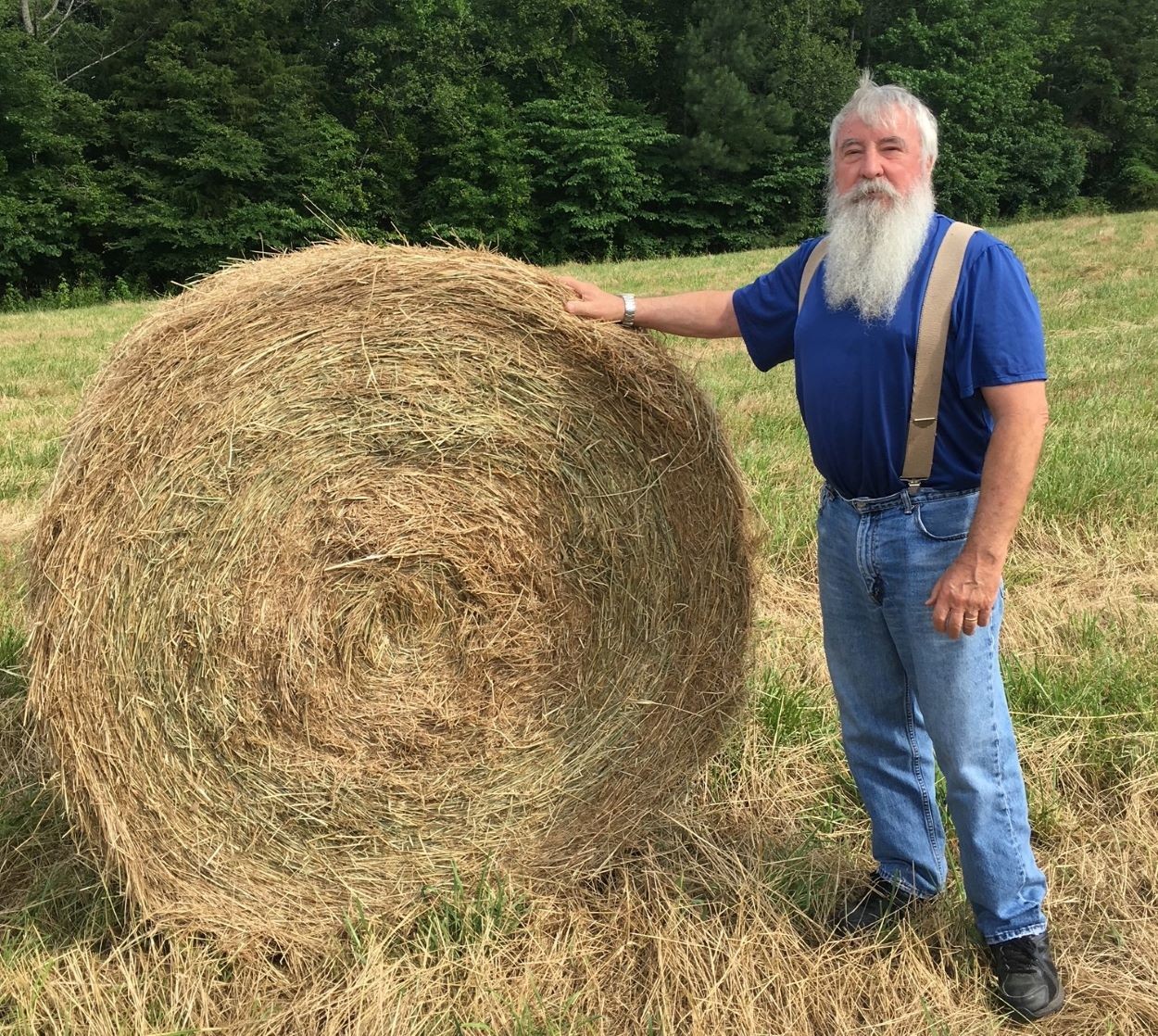It’s a bit of a stretch to go from raising bear cubs to making chocolate to working to support two national parks separated by 3,500 miles. But if there’s a man for the job, it’s Ellis Bacon.
Bacon is the present (and several times past) chair of the board of the Great Smoky Mountains Association (GSMA) as well as a board member and treasurer for the Katmai Conservancy, the official “friend’s group” for Katmai National Park and Preserve in Alaska. On the day of this interview, the definition of treasurer was being stretched quite a bit.
“Well, I just finished up 150 labels,” Bacon said, in reference to work he was doing for the Conservancy. “Many days I’m webmaster, bookstore manager and accountant.”
Bacon, 75, is a Chattanooga native who just over 50 years ago was studying bear behavior (he raised two) near Tremont, working on his doctorate. He was one of the first volunteers to teach at the Institute at Tremont and served as its director for five years. Other feathers in his cap include serving as president of the Knoxville Tourist Bureau, Knoxville Tourism Council, and as a board member of the Public Lands Alliance.
Along the way, Bacon learned the art of candy making – “I needed a job, they were in desperate need of a manager” – at the Old Smoky Candy Kitchen in Gatlinburg. He took his knowledge from the Candy Kitchen and opened the South’s Finest Chocolate Factory in Knoxville in 1983, which he sold several years ago (it is now closed).
“The Chocolate Factory was the vehicle for me to continue doing environmental work,” said Bacon, who in the past served as chair of the Chocolate Fest to support the Kidney Foundation.
While “retired” in the technical sense, Bacon has plenty on his plate, over and above looking out for his 70 acres of land adjacent to the Great Smoky Mountains National Park in Tallassee. Though the Covid-19 pandemic has curtailed his personal travel (he’s looking forward to visiting his grandchildren soon), it has been a bit of a boon to both the GMSA and the Conservancy due to online sales.
“I am actually trying to calm down a bit,” he said. “But between the two non-profits I am actually working 20 to 25 hours a week.”
While the two parks differ greatly in terms of visitation (from one of the least visited to the most), his conservationist’s heart has similar concerns for both.
“While it’s not as bad as it once was and contrary to popular belief, poaching is still a persistent problem in the Smokies,” Bacon said, noting that in his early days of bear studies he was warned to always hike with a C-clamp, a necessary tool for escaping a bear trap. He also expressed concerns for the burgeoning use of the nation’s most visited national park, noting “we anticipate 13 million this year.”
Conversely, Katmai is only open for three months out of the year and only accessible by sea-plane or boat. But its 4 million acres (compared to the Smoky’s 522,427) are overseen by a mere five wildlife law enforcement officers.

A costal brown bear at Katmai National Park. Photo credit: Herb Payne
“Alaska is still, in a lot of ways, the wild, wild west,” Bacon said, “especially when you get into the bush.”
Though annual visitation of the 4th largest national park is less than 100,000, use of Katmai has been trending upward. Visitors come mainly to see the coastal brown bears feeding during the salmon runs.
“These coastal bears have a plentiful food supply,” Bacon explained. “They are much larger but also much more docile than inland grizzlies. They don’t do anything but eat the entire time they’re awake. But you can’t take their nature for granted. They’re still wild animals.”
Go here to learn more about the Great Smoky Mountains Association.
Go here to learn more about the Katmai Conservancy.
Beth Kinnane is community editor for KnoxTNToday.com

